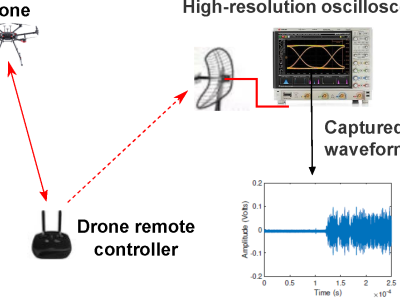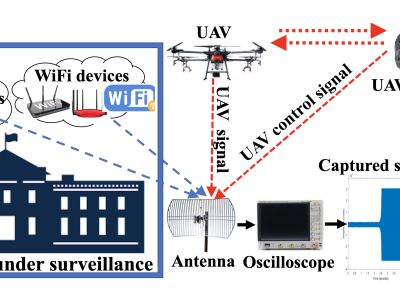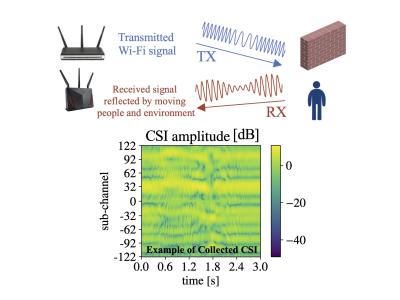Adaptive bit loading OFDM dataset

- Citation Author(s):
- Submitted by:
- Dasuni Jayawardena
- Last updated:
- DOI:
- 10.21227/m4xm-km80
- Data Format:
 7 views
7 views
- Categories:
- Keywords:
Abstract
This dataset consists of four datasets. LWNN train and LWNN test data sets consist of synthetically generated 64-OFDM carrier-wise QAM signals. Each signal consists of 1000 I-Q samples. RNN-BC-train and RNN-BC-test datasets consist of modulation (QAM64, QAM32, QAM16, QAM8, QAM4) in each carrier allocated by a bit loading algorithm based on a synthetically generated multipath channel response.
Instructions:
LWNN Dataset
Dataset Structure:
The LWNN-Train and LWNN-Test datasets are provided in HDF5 format. Each dataset contains signal samples grouped by modulation types: QAM-64, QAM-32, QAM-16, QAM-8, and QAM-4. Each sample represents a per-carrier signal consisting of 1,000 IQ (In-phase and Quadrature) points.
Data Organization:
Within the HDF5 file, each modulation type is stored as a separate group or folder. Each signal instance within these groups includes:
A complex-valued IQ signal array (length 1,000).
Corresponding metadata, including:
SNR (Signal-to-Noise Ratio) in dB.
Normalized Carrier Frequency Offset.
Preprocessing Requirement:
Each signal must be normalized before using the IQ signals for training or testing. Users are expected to apply appropriate normalization techniques (e.g., unit power or unit norm) to ensure consistent input scaling across all samples.
RNN-BC Dataset
Dataset Format:
The RNN-BC dataset is stored in HDF5 format and contains two main folders:
data
delay spread
Folder Descriptions:
The *data* folder contains per-sample modulation allocation information across 64 carriers.
Each carrier's modulation is represented by an integer:
0 indicates no data is modulated on that carrier.
A positive integer (e.g., 4, 16, 64) represents the QAM modulation order used (e.g., 4 → QAM-4, 64 → QAM-64).
The *delay spread* folder contains the delay spread values for each sample.
Each delay spread is measured in symbol periods (based on OFDM symbol time resolution).
Sample Pairing:
Each sample in the data folder has a one-to-one correspondence (by index) with a sample in the delay spread folder. Be sure to match them accurately when preparing input for training.







